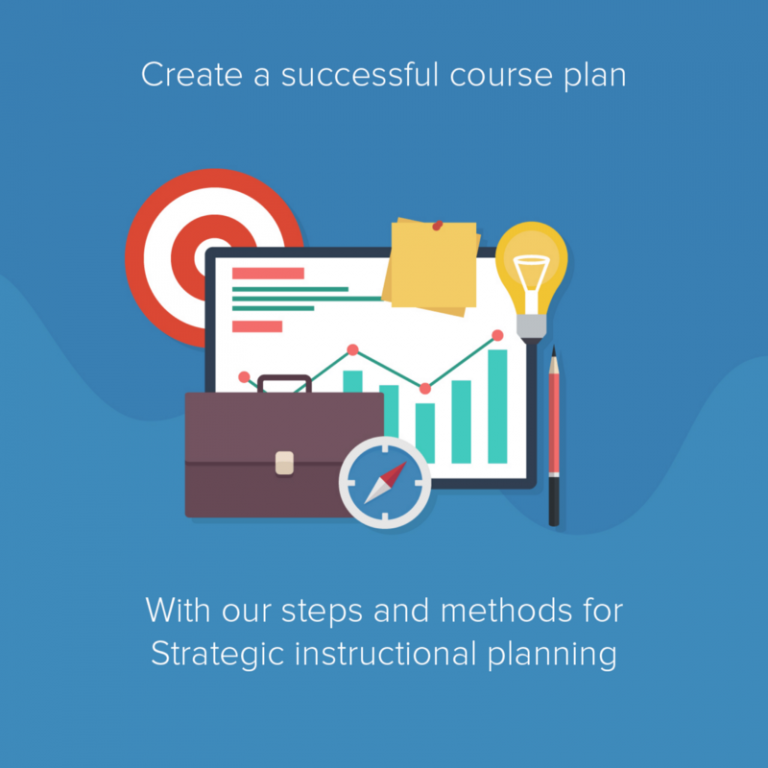
So we saw the Kirkpatrick model and had a basic introduction to the topic in our previous blog. To refresh where we left off, the Kirkpatrick model was developed by Donald Kirkpatrick in 1955. It is composed of four levels. As we move on, we will look closer at each of the Kirkpatrick model’s four levels of evaluation
Level 1: Reaction
The objective for this level is plain and simple; it evaluates how students react to the teaching by evaluating the student’s thoughts. These evaluations will tell you if the student had engaged enough and their experience was fruitful.
As said by Donald Kirkpatrick himself, “each program needs to be assessed at this level to help improve the model for future use”. Moreover, these evaluations are essential for determining how invested they will be in learning the next level. Teachers can use feedback forms and measure student engagement in classes to evaluate the students’ reaction.
Keeping a scale to quantify the results will be helpful. So a 1 would mean students are least reactive and a 10 would mean they are highly engaged. However, the important aspect to keep in mind is that an optimistic reaction does not necessarily ensure learning, but an unfavorable one definitely makes it less likely that the student has paid any attention to the training.
Level 2: Learning
From an institutional perspective, this would be the easiest to measure. Though learning can be assessed in many different ways, the results should be indicative of the final goal or outcome. We have written a great deal about assessing student performances and measuring learning outcomes in our previous blogs. You can check them out here if you like:
The ultimate guide to Outcome-Based Education
Assessment techniques
Level 3: Behavior
The third evaluation tier of the Kirkpatrick model is behavior. This level looks at the practical side of learning evaluation and examining how well your students can apply what they learned into solving real-world problems or express competency in assessments.
In most cases, this level offers the truest evaluation of the effectiveness of the teaching techniques and the course. However, testing at this level can be challenging because it is not easy to anticipate how a student would properly utilize what they’ve learned into practice. Open-ended questions, assignments where the students are told to solve a problem without a precise step-by-step plan, etc. can be effective to evaluate this level.
So when it comes to assessment, the teacher’s experience and interaction with the students play a major role in determining the outcome of this level. You can use project-based learning, flipped classroom techniques, and quizzes, or debates in the classroom to evaluate students’ behavior and the impact of the learning process.
Level 4: Results
As we have discussed in the last part, this is where you shall measure the effectiveness of your teaching on the achievement of those learning outcomes. The challenge in evaluating on this level essentially lies in identifying which outcomes/results relate to which of the teacher’s input and influence, and how.
Mapping the outcomes and planning the lesson using a lesson planner tool can be useful to maintain the evaluation throughout and track the results. A full-fledged learning management system like Linways can be helpful for this kind of evaluation. It would effectively maintain an easy-to-access record of all academics and assessments. So your four levels of evaluations can be easily monitored reduced the margin of errors involved in the decision-making process
Other useful techniques involve Key Performance Indicators (KPIs) and student performance indexes. You can build a model at the beginning of the course to measure these metrics and update them as you go on
So now that we are sufficiently familiar with the four levels of evaluation based on the Kirkpatrick model, we will now move on to the implementation of this in the teaching-learning process. But then again, that’s a whole topic in and of itself, and we will explore it deeply in our upcoming blog. Subscribe to our newsletter to keep updated on the Kirkpatrick model and other useful teaching techniques and learning theories.
Also published on Medium.




